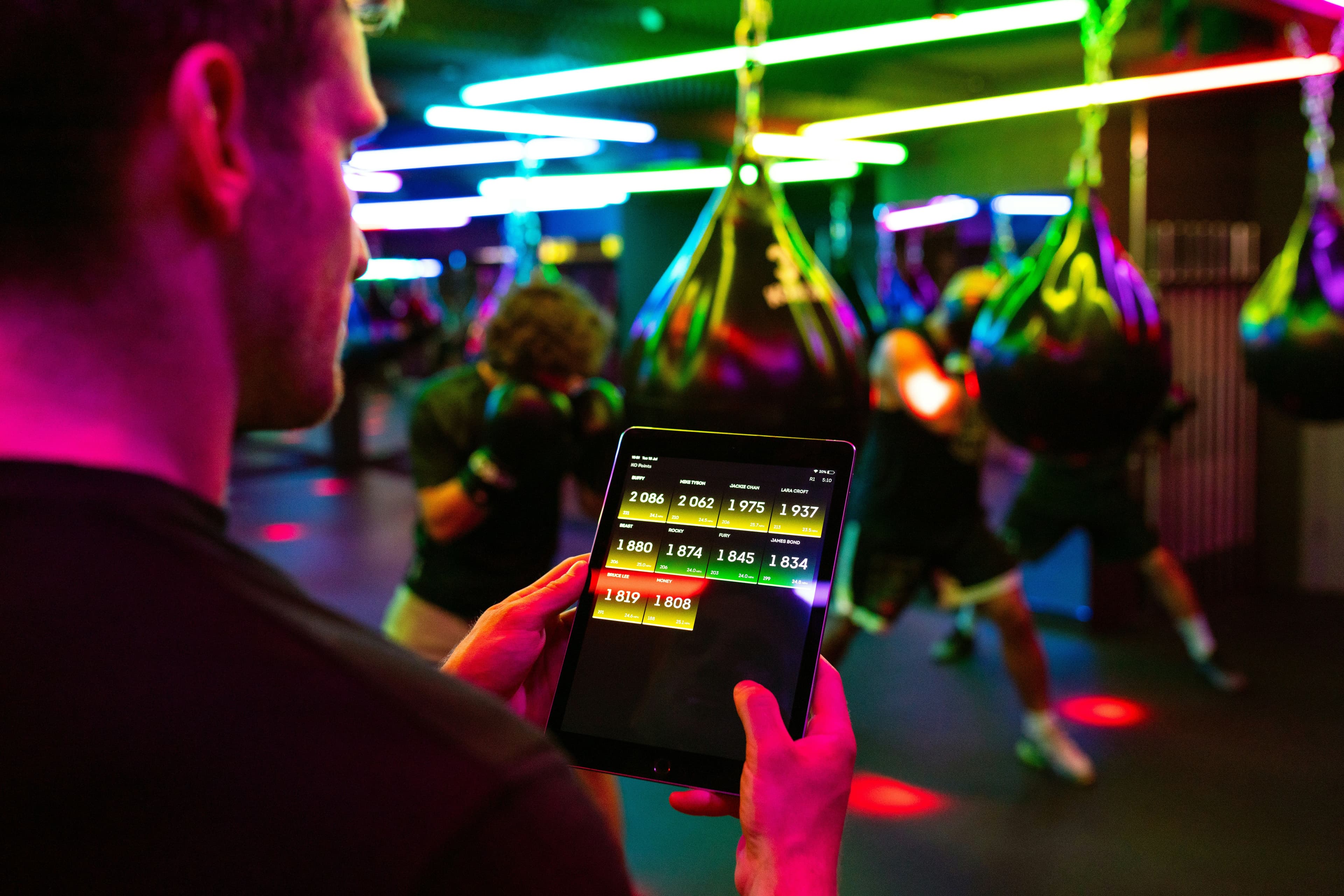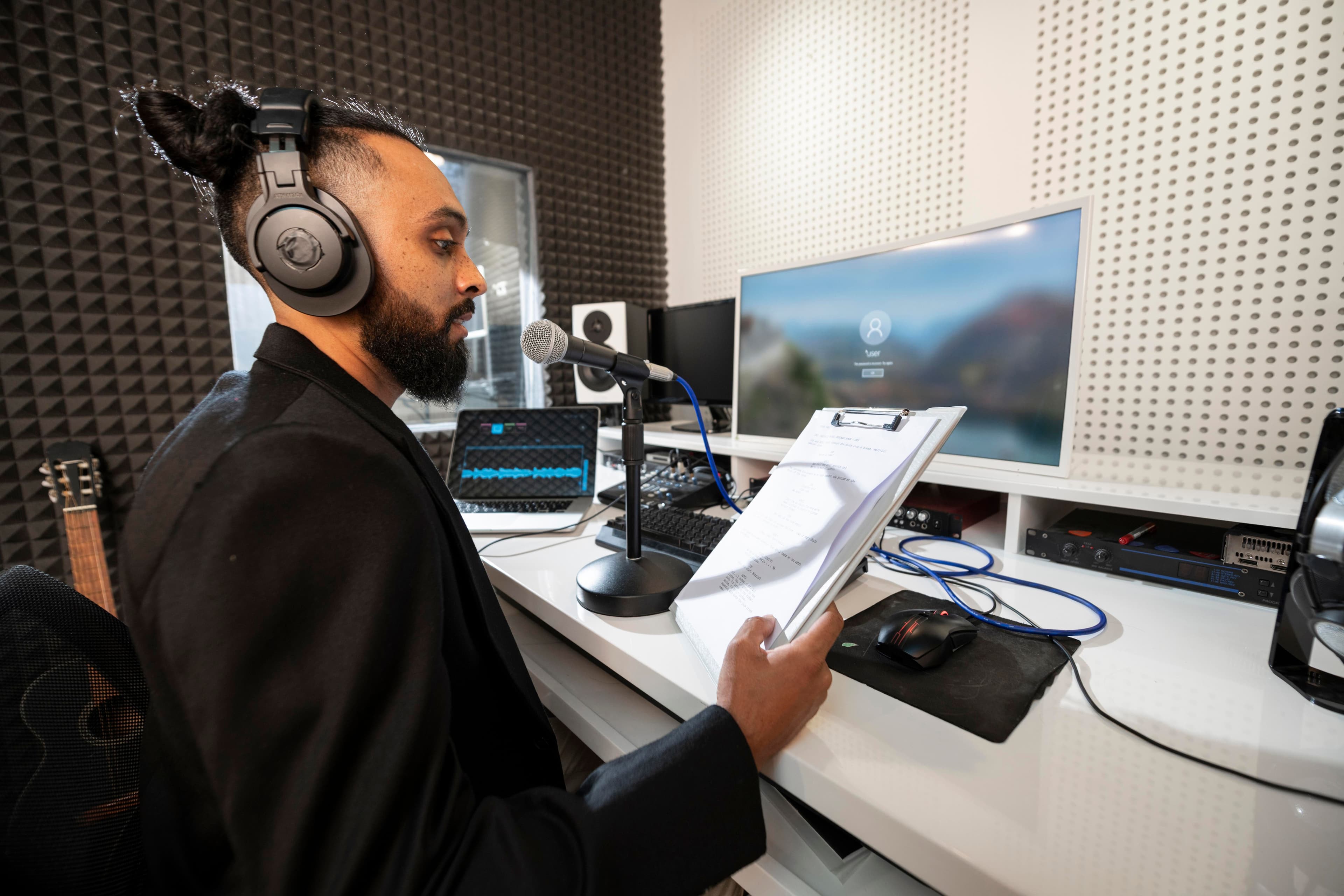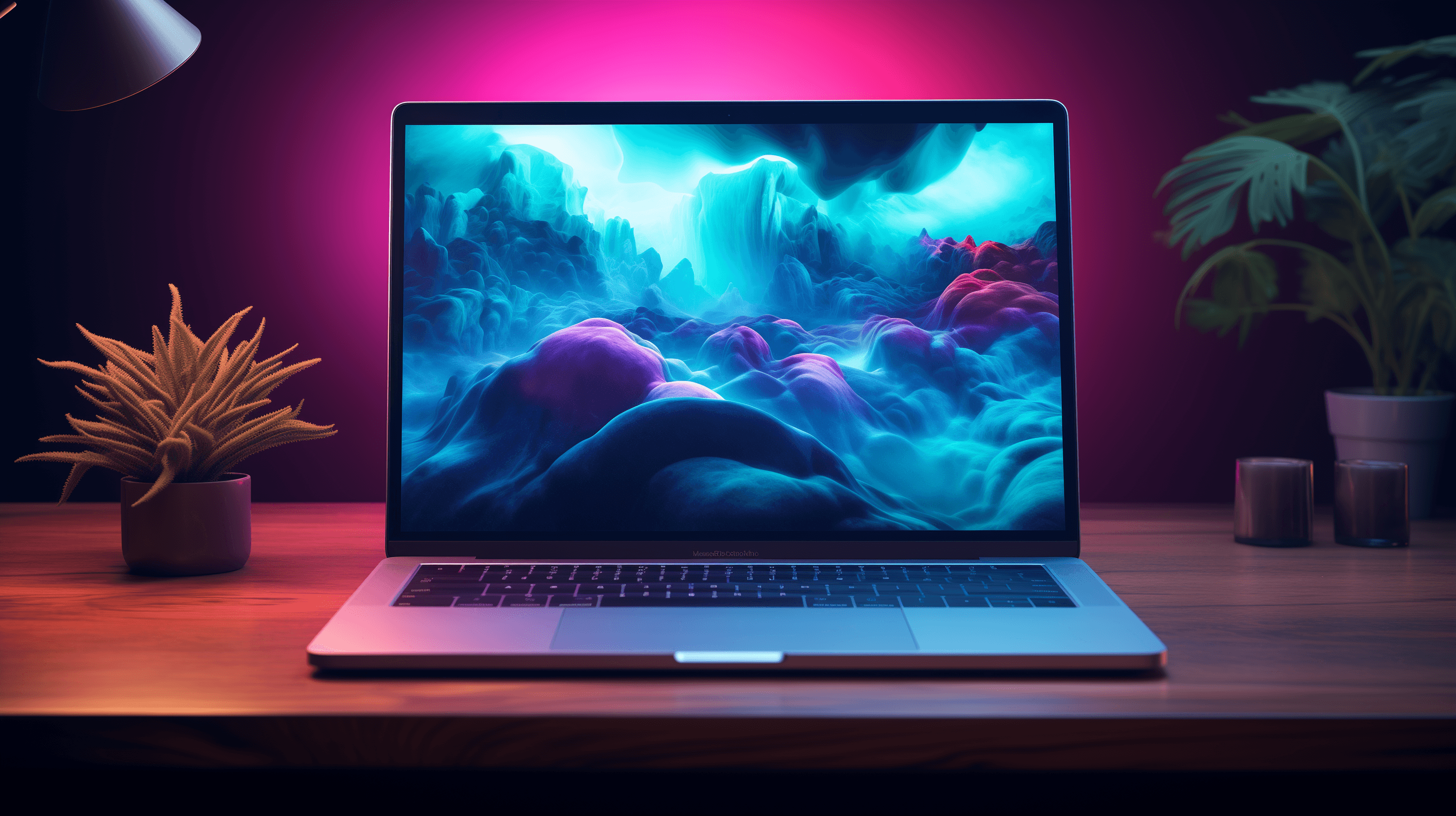Tips for Generating High-Quality Images with AI Tools

Ajayi Emmanuel

The landscape of digital art and visual content creation has been transformed by AI image generators, powerful tools that are reshaping how we approach creative work. From marketing professionals to hobbyist artists, these technologies democratise visual creation unprecedentedly. Let's explore how to harness the full potential of AI image generation while maximizing quality and efficiency.
Understanding AI Image Generator Technology
At its core, AI image generation relies on sophisticated machine learning models trained on vast datasets of images and text. These systems interpret textual descriptions (prompts) and transform them into visual content. Popular platforms like DALL-E, Midjourney, and Stable Diffusion have made this technology accessible to millions, each offering unique strengths in areas like photorealism, artistic interpretation, and commercial usage rights.
Mastering the Art of Prompt Engineering
The key to exceptional results with any AI image generator lies in how you communicate your vision. Think of prompting as a new language you're learning to speak with artificial intelligence. Instead of vague descriptions, craft detailed prompts that paint a complete picture:
Poor prompt: "A mountain landscape" Excellent prompt: "A majestic snow-capped mountain peak at golden hour, with dramatic clouds casting long shadows, photographed with a wide-angle lens, hyperrealistic style, 8K resolution"
The difference in output quality between these approaches can be striking. Professional users of AI image generators often develop prompt libraries, collecting effective descriptors and combinations that consistently produce superior results.
Advanced Techniques for Quality Enhancement
To elevate your AI-generated images beyond basic results, consider these professional techniques:
Composition Control: Include specific aspect ratios and composition elements in your prompts. Terms like "rule of thirds," "leading lines," or "symmetrical composition" can significantly improve image structure.
Style Refinement: Layer artistic references to achieve precise aesthetics. Combine terms like "in the style of Studio Ghibli" with "oil painting technique" and "muted colour palette" for unique visual signatures.
Technical Specifications: Many AI image generators respond well to photography and rendering terminology. Including phrases like "shot on medium format," "bokeh effect," or "ray-traced lighting" can enhance image quality.
Integrating AI Image Generation into Professional Workflows
For businesses and content creators, the real power of AI image generators lies in their integration with existing processes:
Content Pipeline Automation: Set up systems where AI generates multiple variations of images for different marketing channels simultaneously. This ensures consistent visual branding while saving considerable time.
Quality Control Framework: Implement a review process where AI-generated images are evaluated against brand guidelines before deployment. This maintains consistency and professional standards across all visual content.
Asset Management: Develop a systematic approach to storing and categorizing AI-generated images, including prompt documentation for future reference and refinement.
Addressing Common Challenges
While AI image generators have become increasingly sophisticated, users should be aware of certain limitations:
Text Rendering: Most current AI image generators struggle with accurate text reproduction. For content requiring text elements, consider adding them in post-processing.
Anatomical Accuracy: Human features, particularly hands and faces, can sometimes appear distorted. Multiple generations and careful prompt refinement may be necessary to achieve natural results.
Style Consistency: When creating a series of images, maintain detailed documentation of successful prompts to ensure visual coherence across multiple generations.
Future Trends in AI Image Generation
The field of AI image generation is rapidly evolving, with new capabilities emerging regularly. Current developments point toward:
Enhanced Resolution: New models are pushing the boundaries of image quality, approaching professional photography standards.
Real-time Generation: Faster processing speeds are making instant image generation more feasible for live applications.
Improved Control: More precise tools for directing composition, style, and specific element manipulation are being developed.
Best Practices for Professional Use
To maximize the value of AI image generators in professional contexts:
Document Everything: Keep detailed records of successful prompts and approaches. Test Extensively: Generate multiple variations to ensure optimal results.
Stay Updated: Regular experimentation with new features and capabilities ensures you're leveraging the technology's full potential. Consider Rights: Understand the usage rights and limitations associated with your chosen AI image generator.
The integration of AI image generators into creative workflows represents a fundamental shift in how we approach visual content creation. By understanding and applying these principles, you can harness this technology to produce professional-quality visuals efficiently and consistently. As these tools continue to evolve, staying informed about new capabilities and best practices will be crucial for maintaining a competitive edge in visual content creation.



